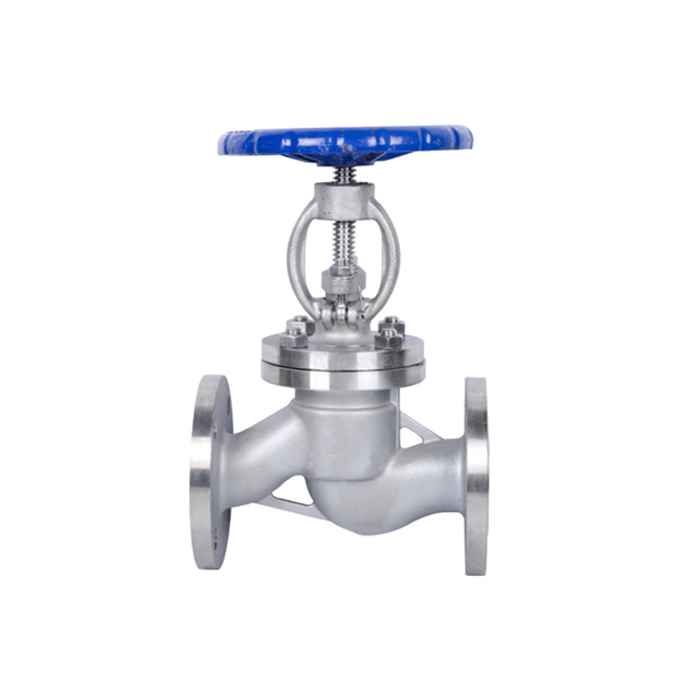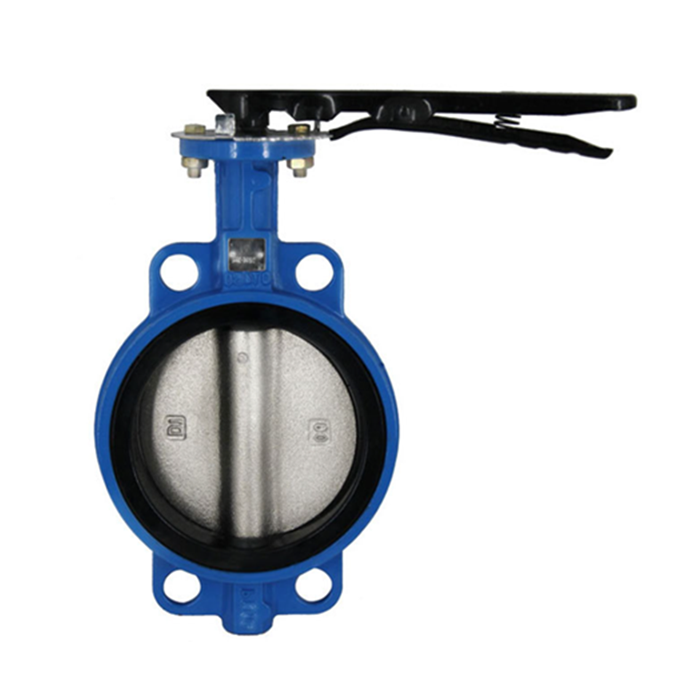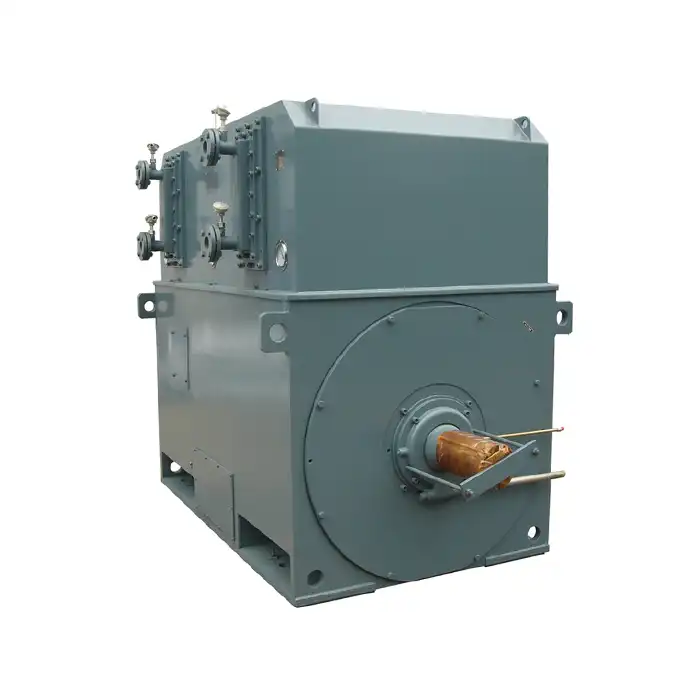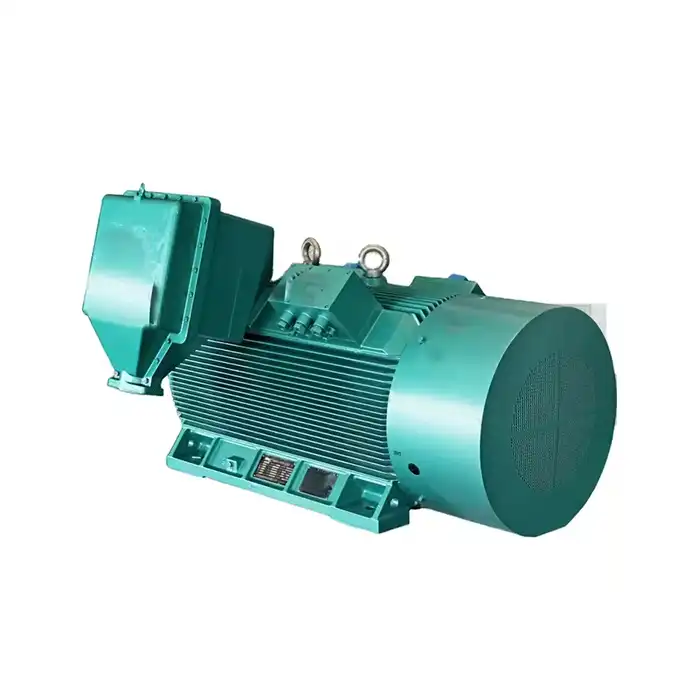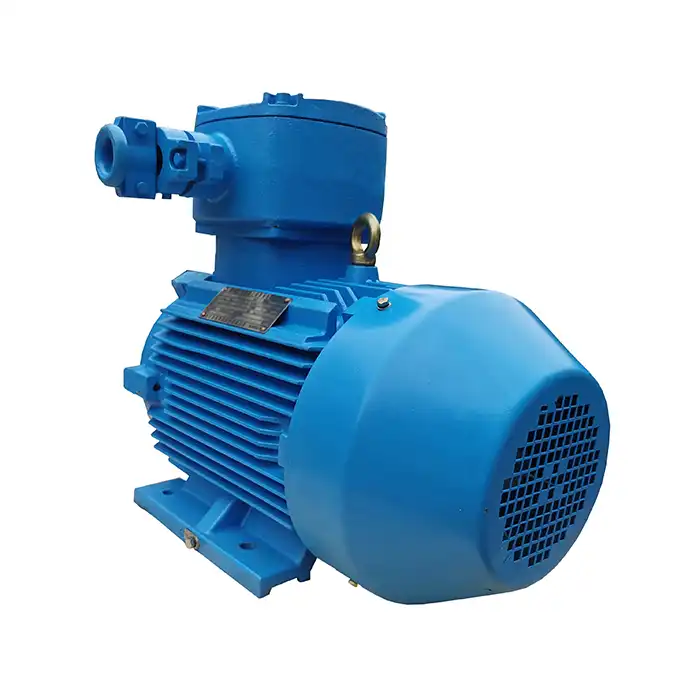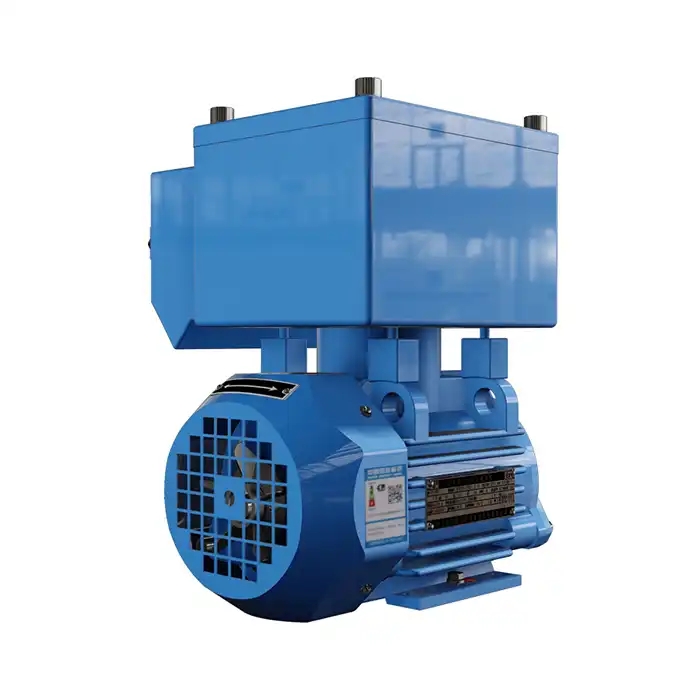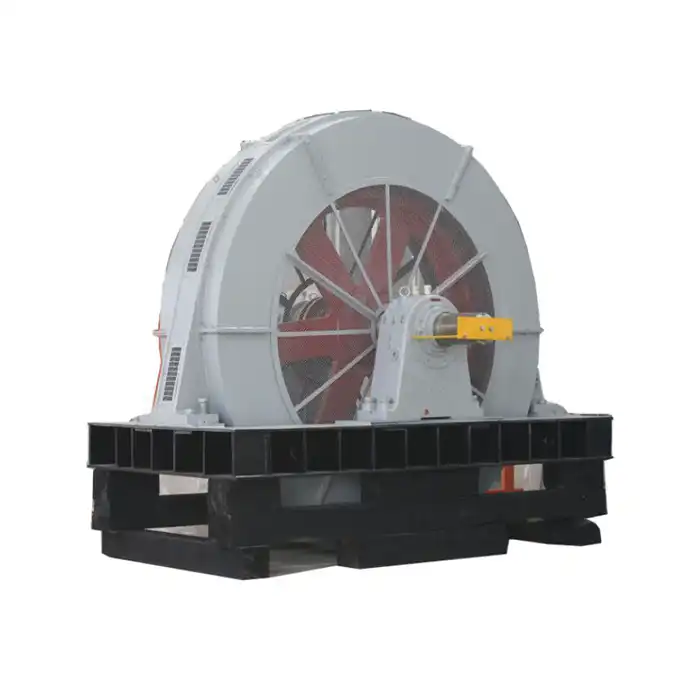Lightweight alloys in IE5 motor design
The use of advanced lightweight alloys is a key factor in reducing the weight of IE 5 motors. These materials offer an excellent balance of strength, durability, and weight reduction, making them ideal for high-performance motor applications.
Aluminum alloys: Strength meets lightness
Aluminum alloys have become a popular choice in IE5 motor construction due to their excellent strength-to-weight ratio. These alloys offer several advantages:
- Reduced overall motor weight
- Improved heat dissipation
- Corrosion resistance
- Ease of machining and forming
By incorporating aluminum alloys into various motor components, manufacturers can achieve significant weight reductions without compromising structural integrity.
Magnesium alloys: Ultra-light solutions
Magnesium alloys take lightweight design to the next level. As the lightest structural metal, magnesium offers even greater weight savings than aluminum. In IE 5 motors, magnesium alloys find applications in:
- Motor housings
- End shields
- Cooling fans
The use of magnesium alloys can result in weight reductions of up to 30% compared to traditional materials, contributing significantly to the overall lightness of IE 5 motors.
Titanium alloys: Strength in specialized applications
While not as widely used as aluminum or magnesium due to higher costs, titanium alloys offer exceptional strength-to-weight ratios and corrosion resistance. In IE 5 motors, titanium alloys may be employed in:
- High-stress components
- Specialty fasteners
- Corrosive environments
The selective use of titanium alloys can provide targeted weight reduction in critical areas of the motor design.
Weight reduction without compromising performance
Reducing the weight of IE 5 motors is not simply a matter of swapping materials. Engineers must carefully balance weight reduction with performance to ensure that the motors meet or exceed efficiency standards.
Advanced magnetic materials
The development of high-performance magnetic materials has played a crucial role in reducing IE5 motor weight while maintaining or improving efficiency. These advanced materials include:
- Neodymium-iron-boron (NdFeB) magnets
- Samarium-cobalt (SmCo) magnets
- Nanocrystalline soft magnetic materials
These materials offer higher magnetic flux densities, allowing for smaller and lighter motor designs without sacrificing power output or efficiency.
Optimized stator and rotor designs
Advanced computer-aided design and simulation tools enable engineers to optimize the geometry of stator and rotor components. This optimization process results in:
- Reduced material usage
- Improved magnetic circuit efficiency
- Enhanced thermal management
By fine-tuning these critical components, IE 5 motors can achieve weight reductions while maintaining or even improving their performance characteristics.
Innovative winding techniques
New winding technologies contribute to both weight reduction and improved efficiency in IE 5 motors. Some of these techniques include:
- Hairpin windings
- Concentrated windings
- Segmented stator designs
These advanced winding methods allow for higher copper fill factors, reduced end-turn lengths, and improved thermal performance, all of which contribute to lighter and more efficient motors.
Installation benefits of lighter IE5 motors
The reduced weight of IE 5 motors offers numerous advantages during installation and throughout the lifecycle of the equipment they power.
Easier handling and transportation
Lighter IE 5 motors provide several benefits during the installation process:
- Reduced risk of injury to installation personnel
- Lower transportation costs
- Easier maneuvering in tight spaces
- Simplified lifting and positioning
These advantages can lead to faster installation times and reduced labor costs, particularly in large-scale industrial applications.
Reduced structural requirements
The lighter weight of IE 5 motors can have a cascading effect on the overall design of the equipment or facility in which they are installed:
- Less robust support structures needed
- Potential for lighter foundations
- Reduced load on buildings or vehicles
These benefits can result in significant cost savings, especially in applications where multiple motors are used or where weight is a critical factor, such as in mobile or marine applications.
Enhanced system dynamics
In applications where motors are part of dynamic systems, the reduced weight of IE 5 motors can offer performance improvements:
- Lower inertia in variable speed applications
- Improved responsiveness in servo systems
- Reduced vibration and noise
These advantages can lead to better overall system performance and potentially extend the life of associated components.
Conclusion
The integration of advanced materials in IE5 motor design has resulted in significant weight reductions without compromising efficiency or performance. From lightweight alloys to optimized geometries and innovative winding techniques, these advancements have made IE 5 motors more versatile and easier to install across a wide range of applications. As material science continues to progress, we can expect further improvements in motor weight and efficiency, driving the next generation of electric motor technology.
FAQ
1. What are the primary materials used to reduce IE5 motor weight?
The primary materials used to reduce IE5 motor weight include lightweight alloys such as aluminum and magnesium, advanced magnetic materials like neodymium-iron-boron magnets, and optimized steel alloys for the stator and rotor cores.
2. How much weight reduction can be achieved in IE5 motors compared to traditional designs?
The weight reduction in IE5 motors can vary depending on the specific design and application, but it's not uncommon to see weight reductions of 20-30% compared to traditional motor designs of similar power ratings.
3. Does reducing the weight of IE5 motors affect their durability or lifespan?
When properly engineered, the weight reduction in IE5 motors should not negatively impact their durability or lifespan. In fact, the use of advanced materials and optimized designs can often lead to improved thermal management and potentially longer motor life.
Partner with XCMOTOR for Advanced IE5 Motor Solutions
Innovative IE5 motor solutions that are both lightweight and very efficient are our forte here at XCMOTOR. Our team of professional engineers uses cutting-edge materials science and motor design to provide goods that surpass industry standards; we are a trustworthy ie 5 motor manufacturer. The XCMOTOR is more than just a motor; it's an investment in a solution that will save you money on energy, make your installation a breeze, and boost your system's efficiency. Contact us today at xcmotors@163.com to discover how our lightweight IE 5 motors can transform your applications and drive your business forward.




